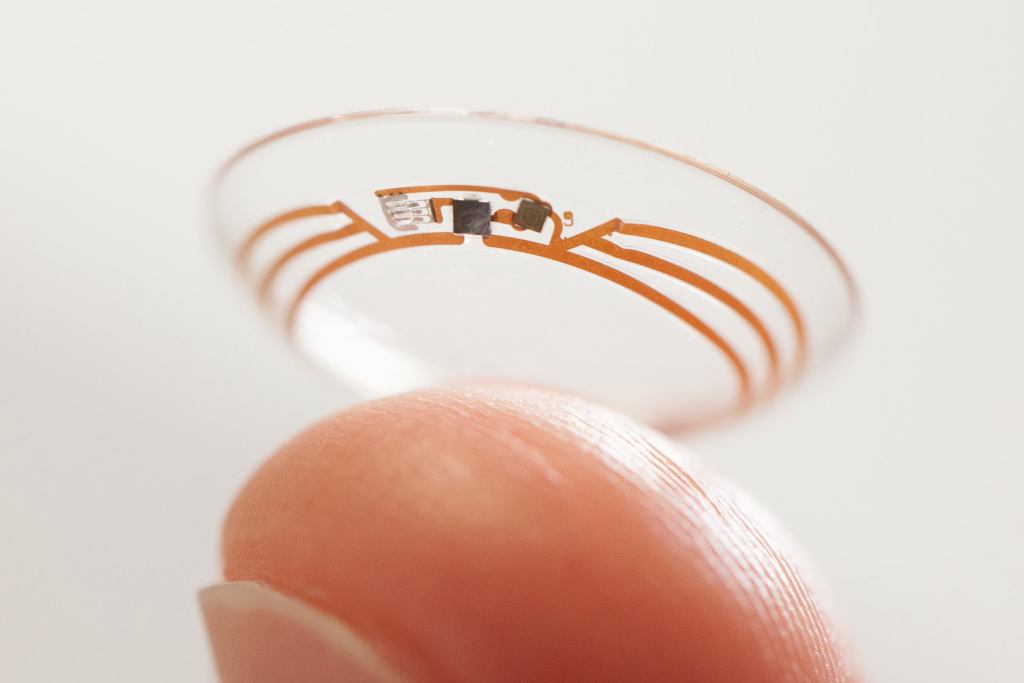Google Testing Smart Contact Lenses And Already It Feels Like Something Is Stuck In My Eye
Anyone who wears contact lenses knows that if even the tiniest of fibers finds its way into your eye, it feels like a marching band of pain is stomping all over cornea and blasting tuba bits of misery all over your irises. On that note, Google says it’s now testing smart contact lenses with tiny computer chips embedded in them. ON YOUR EYEBALL.
While it sounds like a glimpse into our cyborg future, Google’s official blog post on the lenses says the project came about while thinking about the issue of monitoring glucose levels in people with diabetes.
Google notes that scientists have been researching different body fluids, likes tears, to try to find a way to better track glucose levels. Tears aren’t so easy to collect, however.
“At Google[x], we wondered if miniaturized electronics—think: chips and sensors so small they look like bits of glitter, and an antenna thinner than a human hair—might be a way to crack the mystery of tear glucose and measure it with greater accuracy,” the post explains.
Again — getting a human hair in your eye while wearing a contact lens is akin to the hounds of hell galloping directly into your tender orbs. Just saying.
Google is in the process of testing a smart contact lens “built to measure glucose levels in tears using a tiny wireless chip and miniaturized glucose sensor that are embedded between two layers of soft contact lens material,” the post continues.
And if little microchips that look kind of like glitter in your eye isn’t sci-fi enough, the testers are also putzing around with using tiny LED lights that could alert wearers to low glucose levels.
This won’t be on the market any time soon, adds Google, but researchers have already finished clinical research studies that are helping to guide the prototype.
There’s no word if these contact lenses could also someday be used like Google Glass, taking pictures and showing maps right on your eye. Because that would probably feel really good on the fibrous tunic, which I just learned is the word for the outermost layer of the eye. The more you know!
Introducing our smart contact lens project [Google Blog]
Want more consumer news? Visit our parent organization, Consumer Reports, for the latest on scams, recalls, and other consumer issues.


